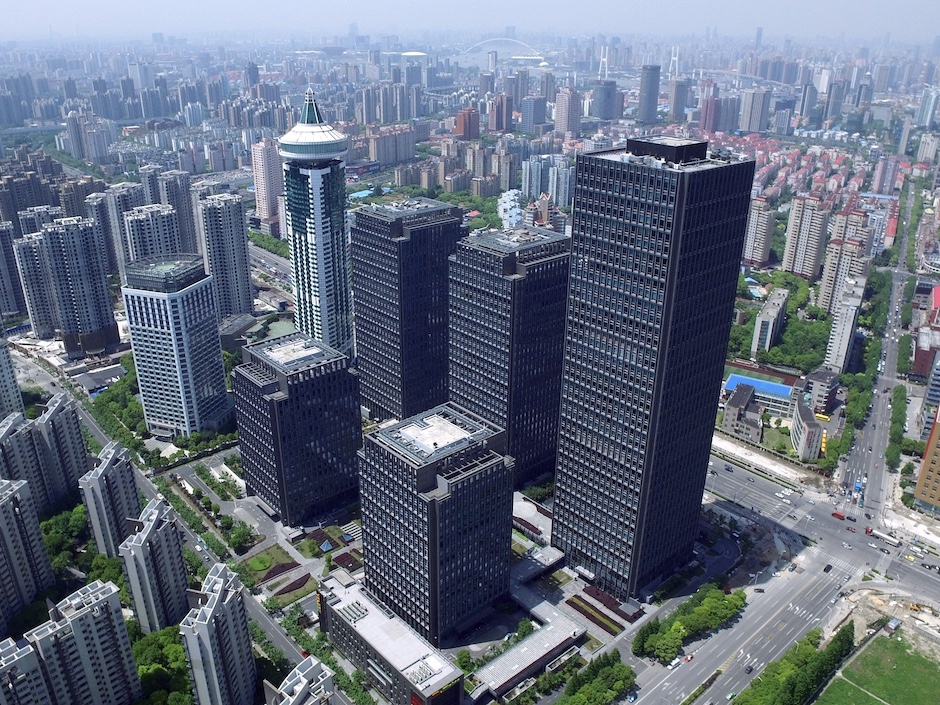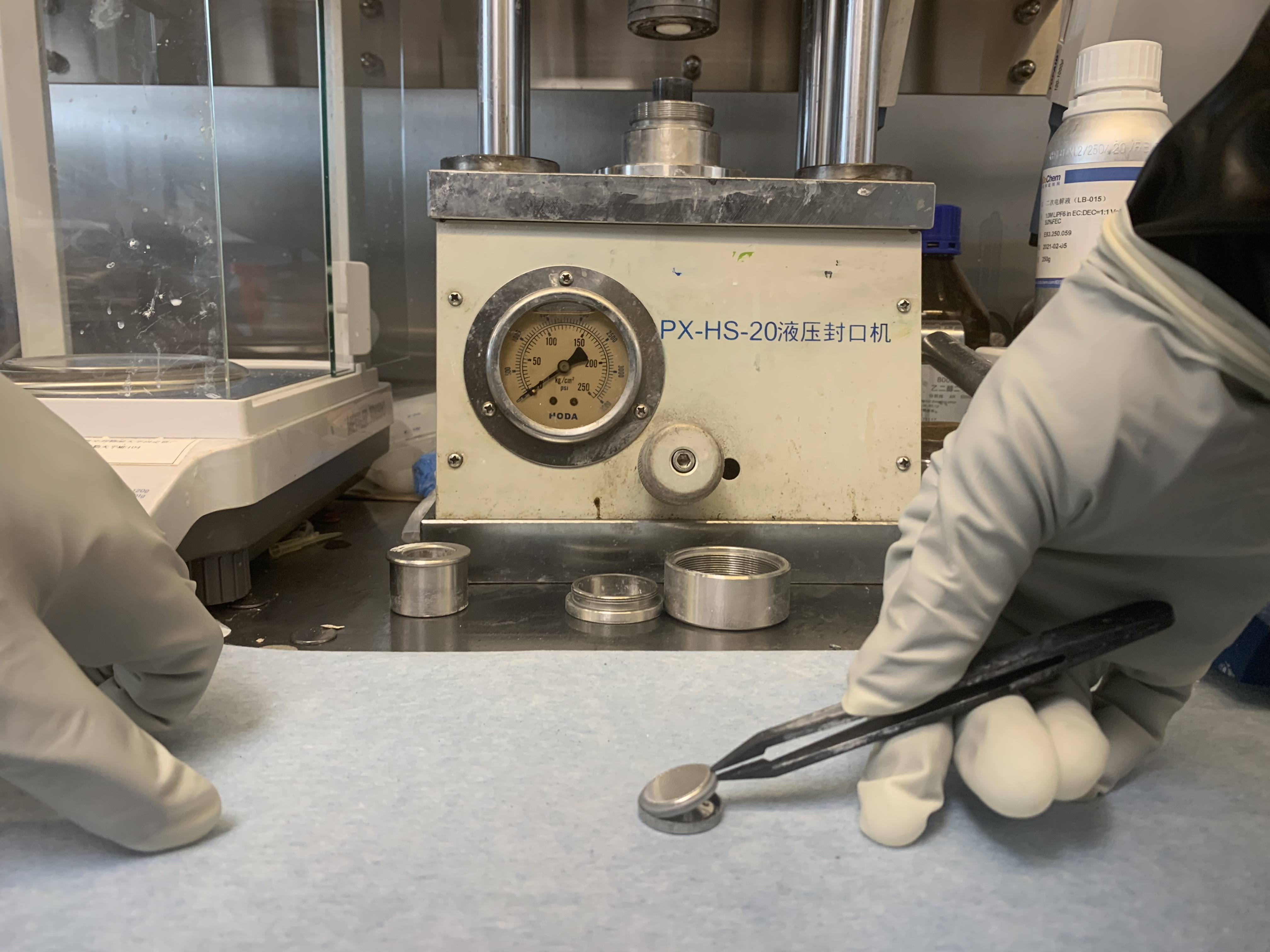22 Feb 2022
The devastating effects of climate change are being felt worldwide, highlighting the urgent need for cleaner and renewable alternatives to fossil fuels.
Hydrogen peroxide (H202) is a promising environmentally friendly fuel for the future, as it can be cleanly made from water and oxygen using solar energy. This process, however, presents many challenges and has not yet been optimised for commercial-scale operations.
To overcome the current limitations of hydrogen peroxide production, a team of XJTLU researchers modified the materials used for the process and reported increased fuel production. This new finding, published in the journal Energy Advances, could help the solar fuel become a viable option for large-scale energy use.
Production challenges
Hydrogen peroxide can be stored as a liquid and therefore transported more conveniently and safely than another potential renewable fuel option – compressed hydrogen. However, the commercial production of hydrogen peroxide is currently hazardous and energy-consuming.
Using solar energy to create hydrogen peroxide is a much safer and cleaner method, yet for this reaction to occur, a photocatalyst is needed. A photocatalyst has to do two jobs: first absorb light, then utilise the energy from light to cause a chemical reaction that converts water and oxygen to hydrogen peroxide. Usually, a single material is not good at both, so materials are combined to optimise this process.
A new approach
This combination of materials is the focus of the recent study by the XJTLU researchers.
The group managed to incorporate organic substances into the material niobate – a layered metal oxide – upon heating. This modification of niobate increased photocatalysis and production of hydrogen peroxide. It is the first time this has been done in the development of a stable photocatalyst for hydrogen peroxide and is an important advance in creating cleaner fuels for the future.
Dr Graham Dawson, who led the study, says: “Our next steps will be to use this method – organic modification of layered metal oxides – and expand the range of materials tested and properties. We will also further investigate the modification process from a fundamental perspective to try and improve the long-term stability and large-scale production and use.”

Dr Graham Dawson
About the researchers
Dr Luona Zhang, first author of the paper, received an MRes in Advanced Chemical Sciences from XJTLU with Distinction. She has obtained a full scholarship to Emory University on a Women in Science scholarship to pursue her PhD.
Dr Graham Dawson, corresponding author of the paper, is an Associate Professor in XJTLU’s Department of Chemistry.
The study is ‘Enhanced photocatalytic activity of brown H4NB6O17/g-C3N4 composite for visible-light-driven H2O2 production.’ Click here to read it.
By Catherine Diamond
Edited by Patricia Pieterse
22 Feb 2022
RELATED NEWS

Reducing carbon emissions of C&D waste in building refurbishment
As the world’s largest developing economy, China has been rapidly increasing urban construction over the past four decades. As a result, a significant amount...
Learn more

Lithium-sulphur batteries could power the future
Lithium-sulphur (Li-S) batteries, which are lighter, cheaper and more sustainable, could be a promising alternative to lithium-ion (Li-ion) batteries for mob...
Learn more







